Japanese Weapons
The Japanese Shirasaya Sword Mounting
The Japanese Shirasaya
The Japanese Shirasaya is a special sword mounting that was used by the Samurai to store a blade that is not in use, its elegancy and simplicity made it one of the most sought after Japanese swords collectors are after.
What is a Shirasaya?
In order to explain what is a Shirasaya, its main functions and history, let’s go back in time to the warring period of Japan, where a variety of swords were used by the Samurai warriors on the battlefield.
Most of the swords were using a Koshirae mounting which included a handguard (Tsuba), fittings, Ito wrap and ray skin Samegawa, each had its own importance for making the sword fully functional and battle-ready.
The term Shirasaya generally translates to white scabbard. Unlike the Koshirae, The Shirasaya mounting uses plain wooden mount for the blade that commonly consists of a Tsuka (handle) and a Saya (Scabbard).
The Shirasaya was commonly made from Nurizaya wood. The Shirasaya sword mounting is for a blade that won’t be utilized for quite some time, it provides the blade a proper storing and safekeeping.
The Shirasaya’s History
The history of the shirasaya is not that old, since it was believed to be produced during the Edo period (1603-1868 A.D).
This was the time when numerous rules were imposed restricting the use and carrying of swords in public.
The upper-class samurai owned a variety of swords; due to this new regulations, a lot of people looked for a way to store their blade while it is not in use, and that was when the Shirasaya has been utilized to keep, protect, and safeguard their most precious swords.
Different Shirasaya Sword Mounting
Since the samurai had several swords with them, the use of Shirasaya was not restricted to any size of swords, and one can find most commonly a Shirasaya in Katana, Wakizashi and Tanto sizes.
The wooden Shirasaya was vital to keep the blades of the Samurai weapons protected. It was also a way to prevent any damages from occurring.
The shirasaya was tight-fitting. It was necessary to prevent moisture and other elements from entering.
When Samurai required their swords for battle, they would place the blades in elaborately styled koshirae which was definitely more adequate for battle.
At some point, the use of the Shirasaya declined, yet at the arrival of the 21st century, the piece began to make a comeback as a more stylized and decorative sword.
Characteristics of the Shirasaya
The shirasaya handle was designed to be plain and simple. Normally It only featured a single mekugi however sometime two, depending on 
Without a tsuba, ito, and other kinds of fittings, the Shirasaya is not considered suitable for battle or for test cutting.
The shirasaya featured a saya that was often crafted from the same material as its tsuka and therefore sometime looked like a simple wood, some even used a similar color mekugi to completely conceal the sword.
The Shirasaya was a vital piece for every warrior, especially when they needed to keep their swords for a certain period of time.
It provided increased protection for the blade since its construction was designed specifically for proper storage, providing excellent sealing properties even without a Tsuba or Seppa.
Construction of the Shirasaya
The classic Shirasaya were traditionally made using honoki or magnolia wood. These are specific types of wood that are largely found in Japan.
This sword mounting can be compared to a pair of protective gear since this conceals and safeguards the sword and its blade.
When not in transit or being carried in public, the Japanese blades were kept securely in their Shirasaya.
The classic Nihonto required two sets of sword mountings. The Shirasaya was necessary for prolonged storage when the blade would not be utilized, and a koshirae for when the blade would be carried into battle.
Its exterior is kept simple and clean, leaving it without any ornaments or decorations. However, some antique Shirasaya had the presence of texts that characterize the type of blade kept within the saya where evident.
The Hinoki Saya
The Shirasaya’s saya itself is made from fine, high-quality wood. Hinoki is widely known because of its absence of excretions.
For modern-day use, there are multiple wood types available for the Saya and the Tsuka, those are crafted from visually appealing and sturdy wood like rosewood, redwood, Ebony wood and maple wood.
There are couple of reasons why the Japanese craftsmen decided to use hinoki to create the saya. First, it does not contain resin or acid that commonly causes blade oxidation.
Another reason is that it is much easier to carve and file to achieve its required shape. Lastly, hinoki wood is generally stable and water resistant, so even when it is exposed to humidity, the hinoki wood will not warp overtime.
Hinoki wood has been used for thousands of years. It is a great material that can be utilized for building shrines and even temples.
The wood has impressive durability and is known to get stronger as years pass; and only after a thousand years does the wood become weaker.
When it comes to the appearance of hinoki wood, it has a beautiful cream-colored shade with hints of a slightly darker brown shade. It is also smooth to the touch and has a unique fragrance and sheen.
Hinoki wood has a very fine grain and can hold up extremely well in humid environments. It is great for the Shirasaya due to it being lightweight, its strength, durability, lack of warping, and its resistance to humidity and moisture.
A Beauty Without Fittings
When looking at the exterior of the shirasaya, it looks very simple and elegant piece. There is no presence of a Tsuba and its tsuka does not feature any kind of ito compared to battle-ready and functional sword mounting.
This is the reason why the shirasaya is considered to be impractical for battle. If used for fighting, the individual wielding the Shirasaya will not have any form of hand protection, thus, can be extremely dangerous.
Another reason that the Shirasaya is impractical and considered dangerous for battle or test cutting is due to its wooden handle, which can become slippery and cause and the wielder to lose his grip.
In Koshirae mounting the Rayskin samegawa and ito wrap plays a vital role in preventing the hands from slipping, it offer a firm grip even if the handle was soaked in blood.
Shirasaya VS Shikomizue
The shirasaya is often compared to the shikomizue – a concealed sword that is disguised as a walking stick or cane.
This specific piece is quite similar to a sword stick. However, there are obvious differences between the two:
While the shirasaya is mainly used to protect the sword’s blade, the shikomizue is designed to conceal the blade.
The Shukiomizue was specifically crafted to appear just like a cane or walking stick. Its mounting can be used to hide other weapons such as hooks, chains, and even smoke bombs.

Shop: Extensive collection of Shirasaya for Sale
Shinto and Zen Bhuddism: The Two Religions that Shaped the Samurai Tenets
Do You Know the History of Samurai Swords and Japan?
The Shirasaya – A Concealed Weapon
When it comes to fiction and real life, members of the Japanese Mafia or Yakuza utilized the Shirasaya as a partially-concealed weapon.
This was used when the group wanted to easily dispatch their enemies or rivals without being noticed. These are made popular in the movies, one of the most famous movies utilizing a Shirasaya is Zatoichi, the blind swordsman.
What is highly notable about the Shirasaya is that despite keeping the blade protected from moisture, it allows the sword to “breathe” through its scabbard.
With that, a proper Shirasaya should not be lacquered or painted to provide the blade proper and adequate ventilation.
The Modern-Day Shirasaya
On our website you can create your own Shirasaya sword as a unique and one-of-a-kind piece by using our custom Shirasaya form.
One thing that you should remember is that a shirasaya with a thicker saya than its handle will readily disturb the flow along the length. This can only be noticed when closely inspected.
All of our custom Shirasaya are handmade to specifically match with the blade and handle.
Normally our Shirasaya in Katana and Wakizashi size feature two mekugi pegs, while the Tanto size features a single mekugi peg that is made out of bamboo.
You can choose a Shirasaya blade that is differentially hardened and folded as the classic pieces of the past. Its hamon is a result of the clay tempering process.
The blade shape and kissaki or tip of our handmade Shirasaya also can be customized as per your requirements.
An Aesthetic Display Piece
Today, the Japanese Shirasaya can be used as an excellent traditional display piece. You can choose the Tsuka and Saya wood color to match with your other interior where you wish to display it.
We highly recommend your Shirasaya to have buffalo horn fittings, which help keep the saya mounth and end from splintering. These quality fitting are all present in a quality samurai sword.
The Shirasaya is also well suited for collectors who plan to complete their sets of samurai swords by adding this elegant sword mount to their growing collection, many have found it to be their most beloved piece.
In this day and age, a large number of Japanese homes make use of the Shirasaya as a display piece to further enhance the beauty of their homes.
For Long-Term Storage
Always remember that the shirasaya does not refer to any specific type of blade, and it can comes in different sizes.
Its saya is the most vital piece and should be specifically designed and constructed to store the specific kind of blade for increased protection.
The saya of a shirasaya is primarily designed for long-term storage and boosted protection, rather than for being used for tameshigiri or cutting practice.
The shirasaya is excellent for protection of your blade. This is because the lacquered wood intricately-designed ones for Koshirae mounting are more likely to absorb moisture.
This can eventually corrode the blade of a sword, especially during longer periods of storage and when you are not oiling it properly as you should.
Overall the shirasaya has a better and more appropriate fit since it is made to be tight enough to block air from entering.

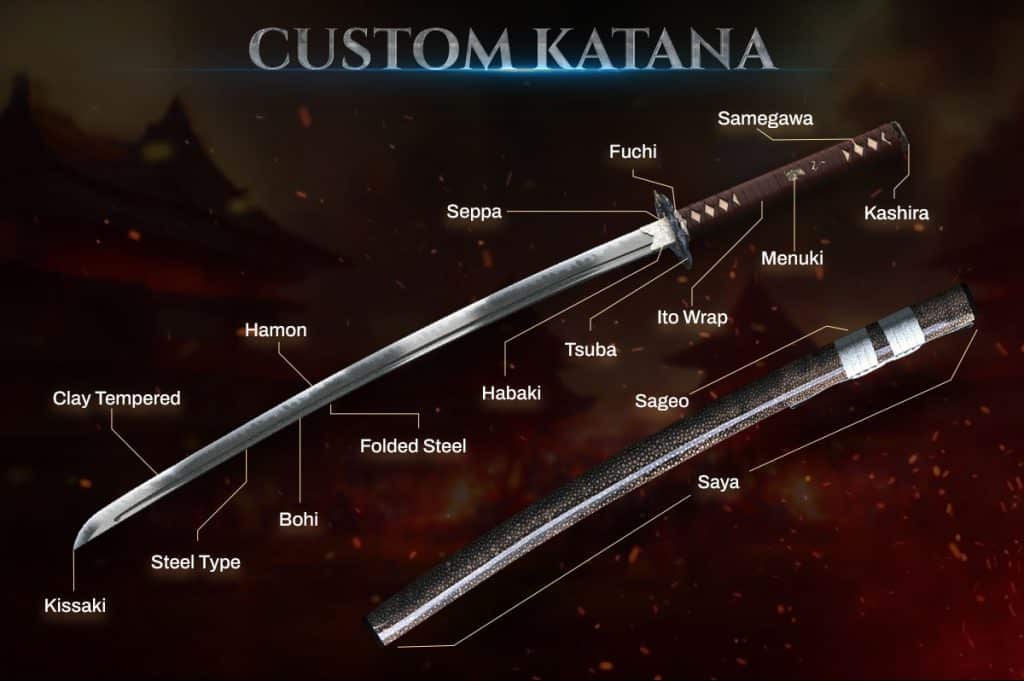
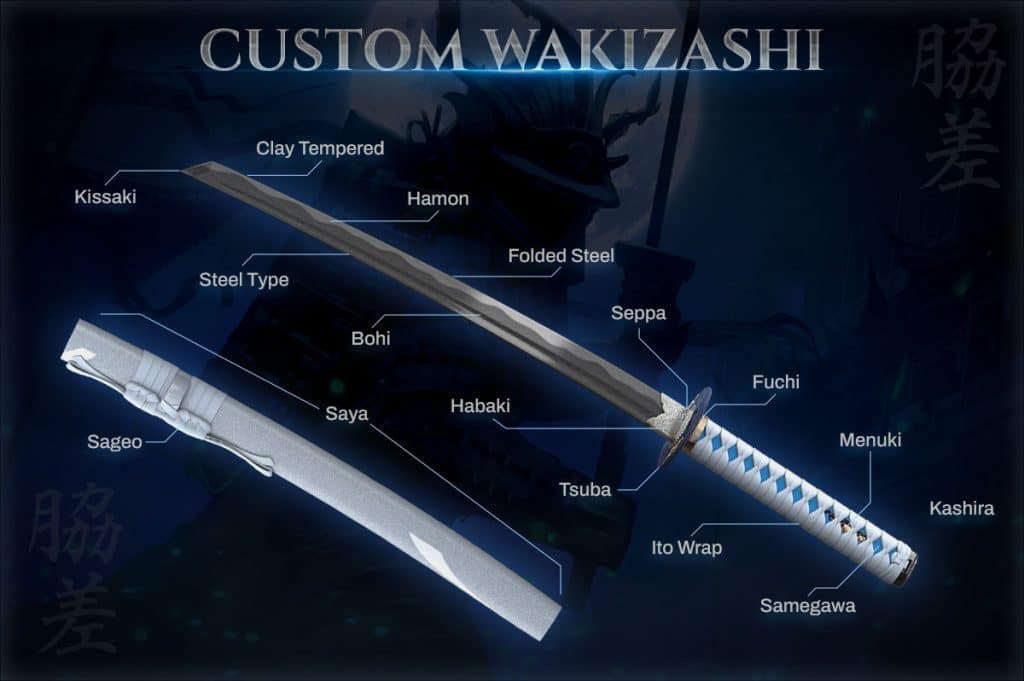
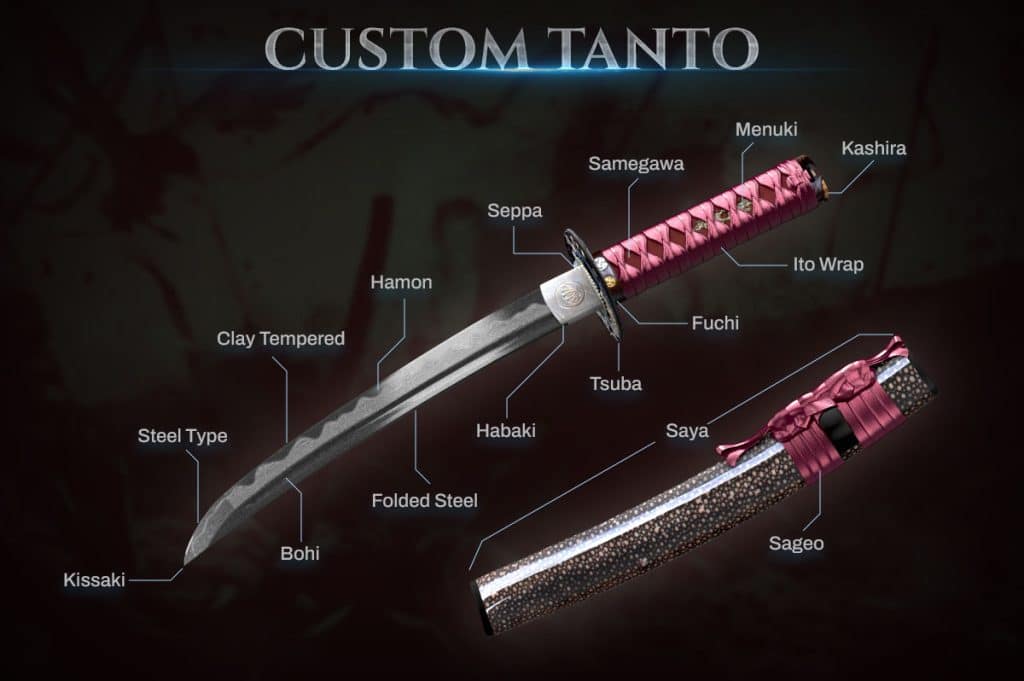
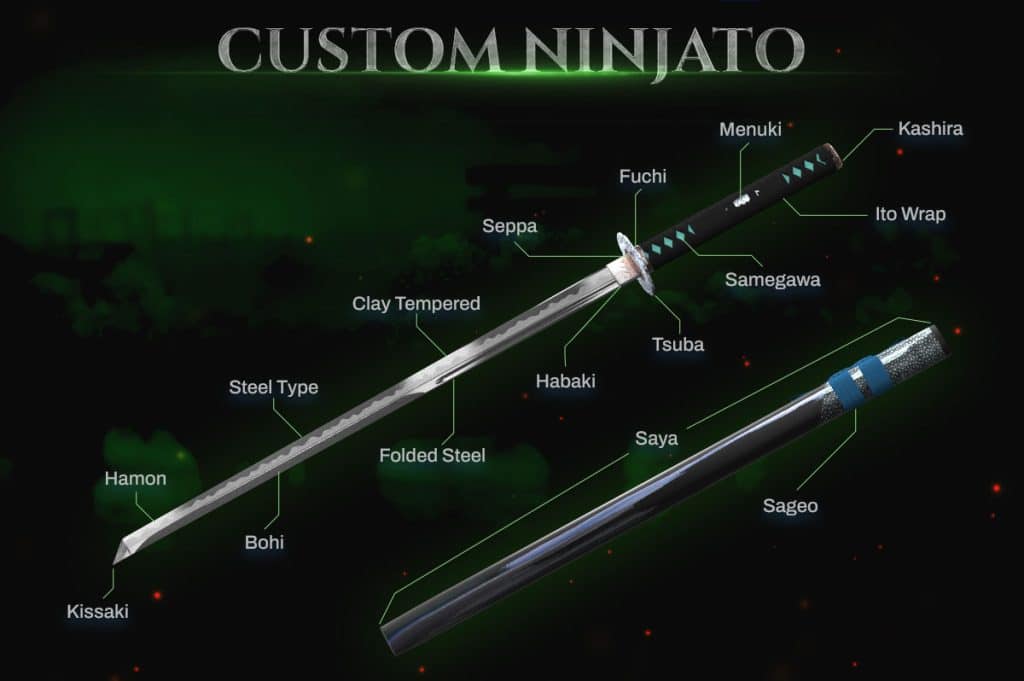
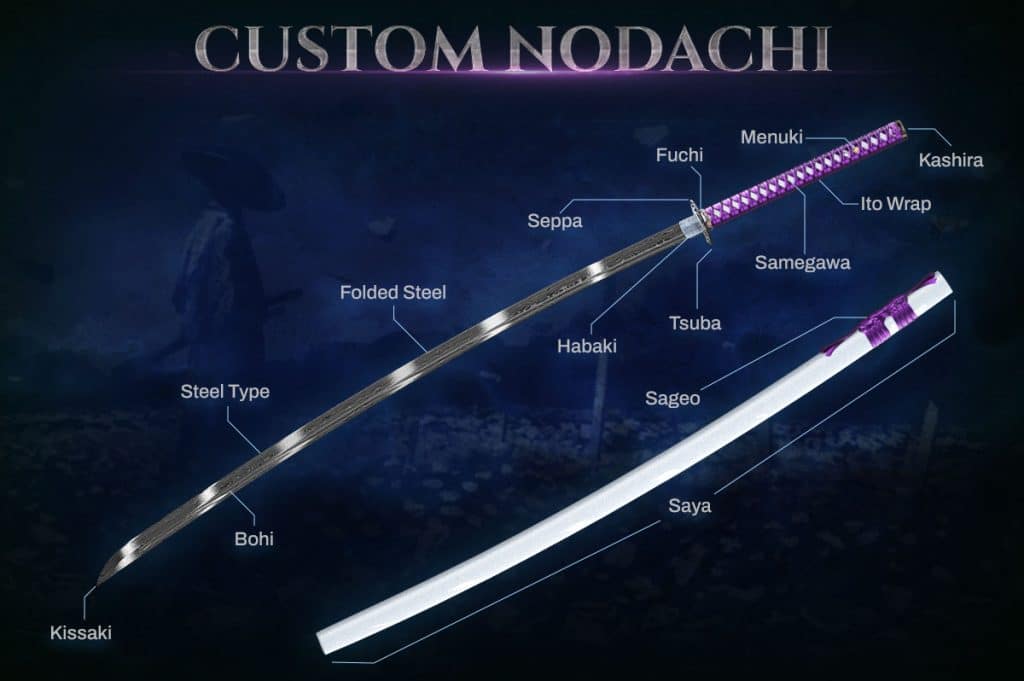
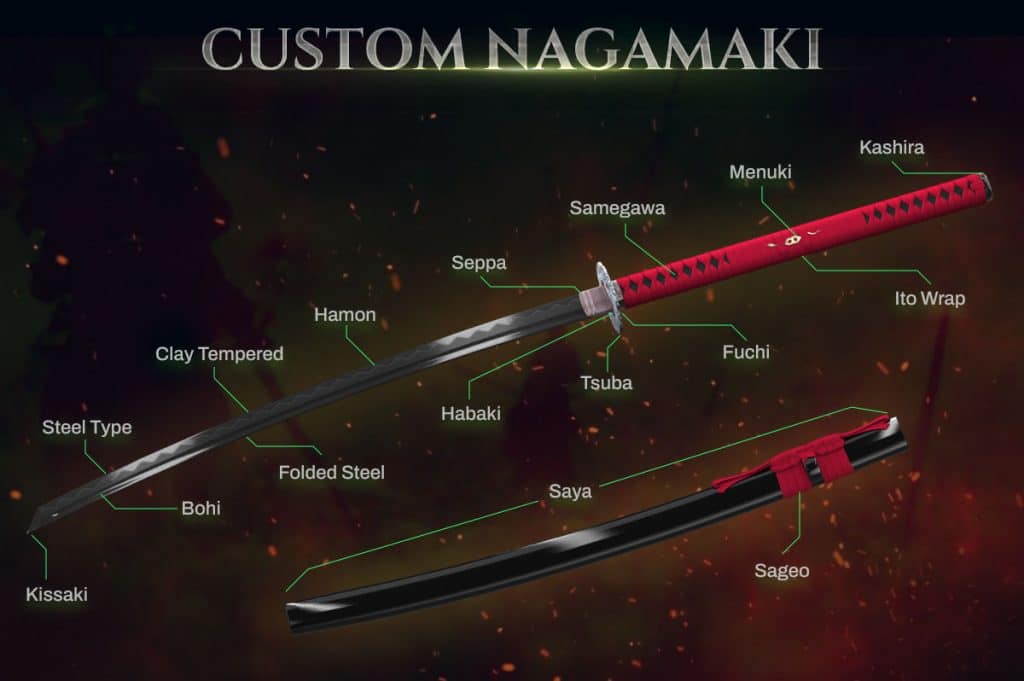
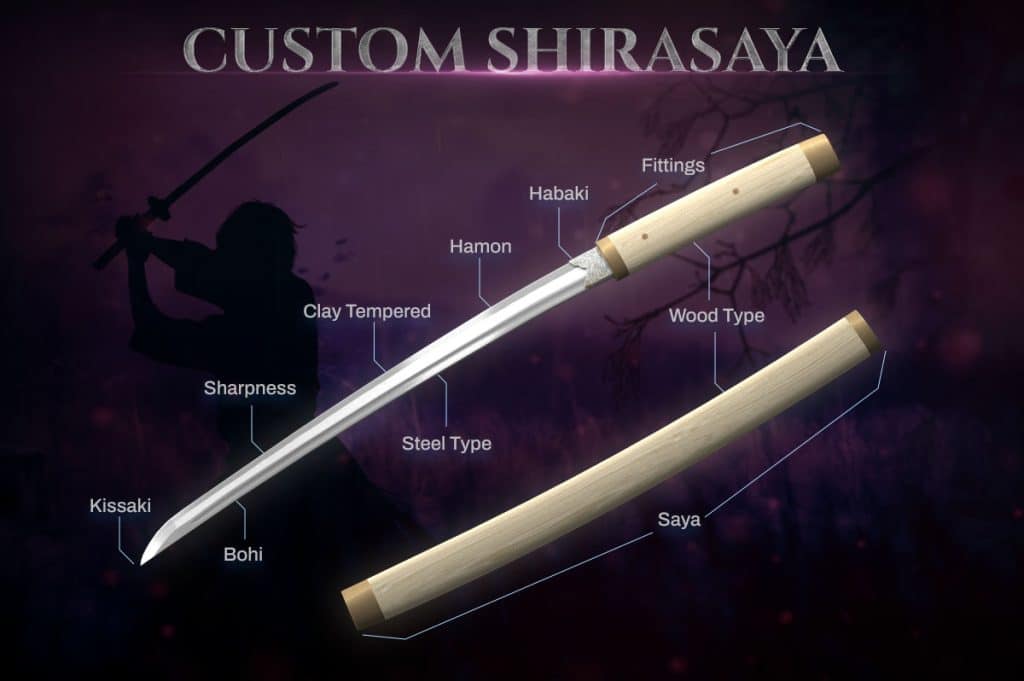
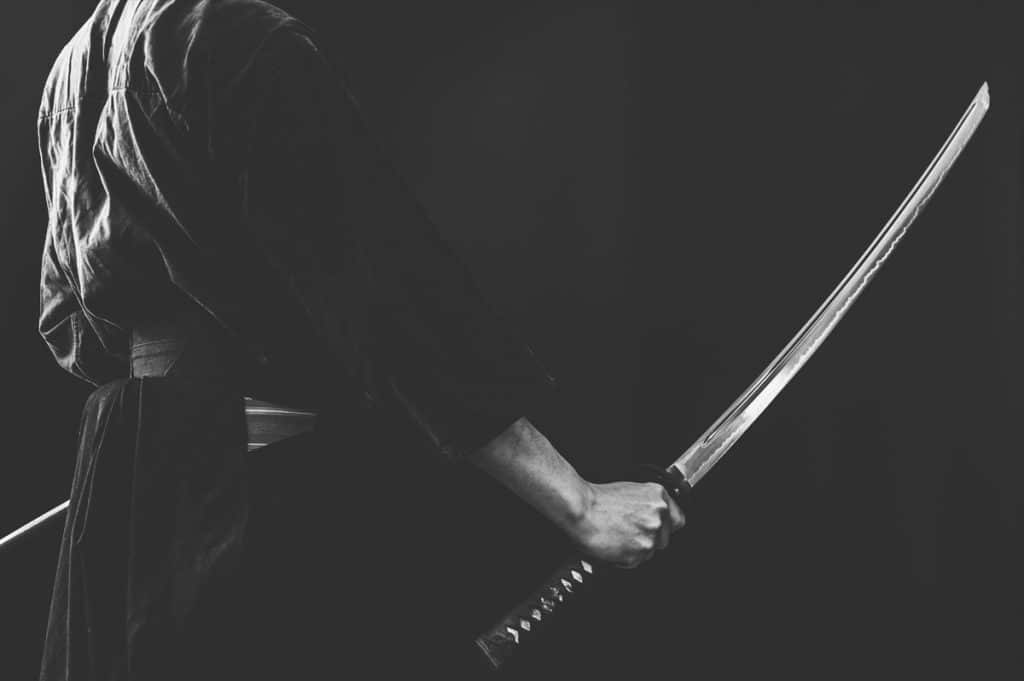
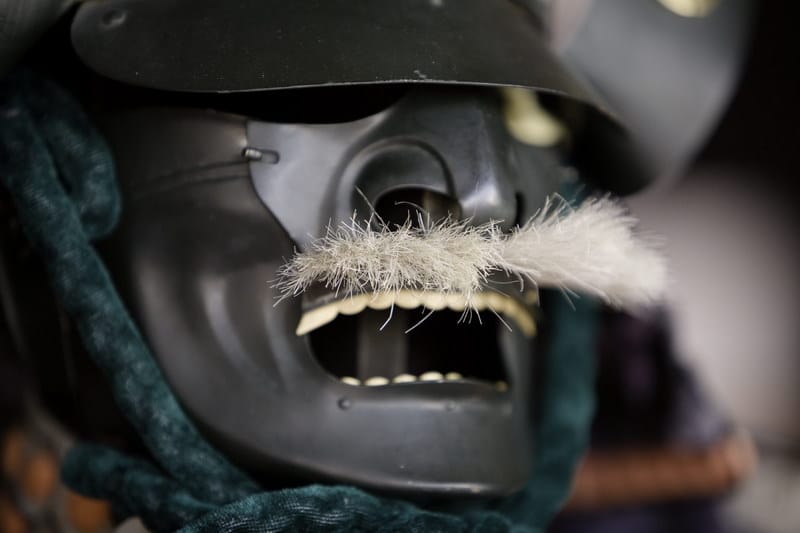
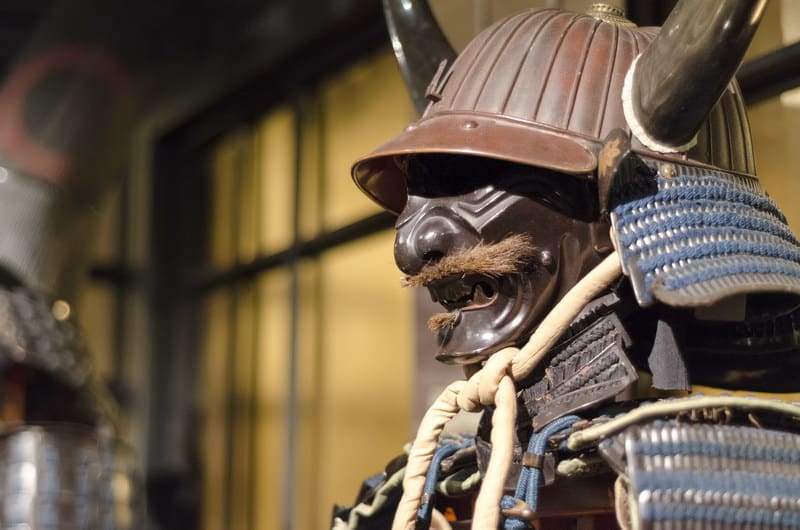
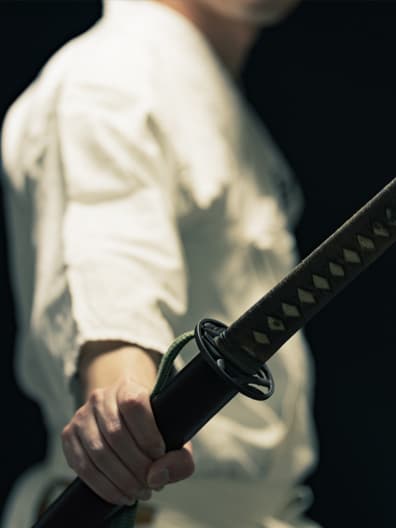
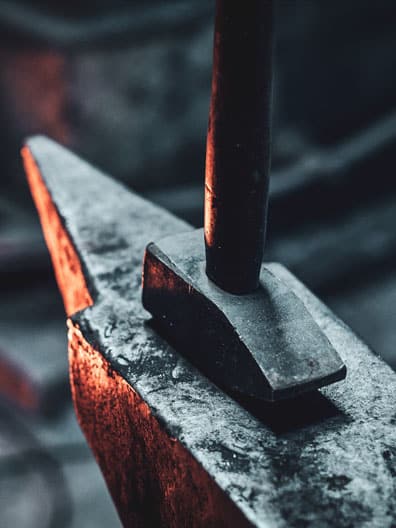
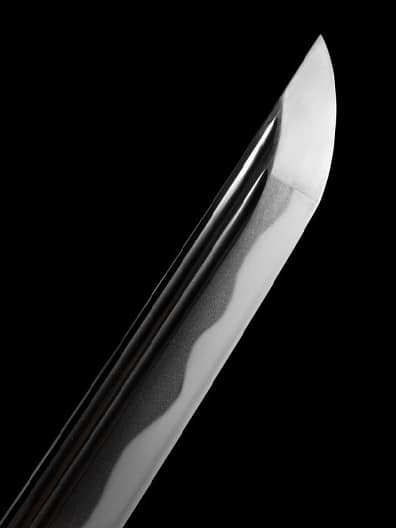
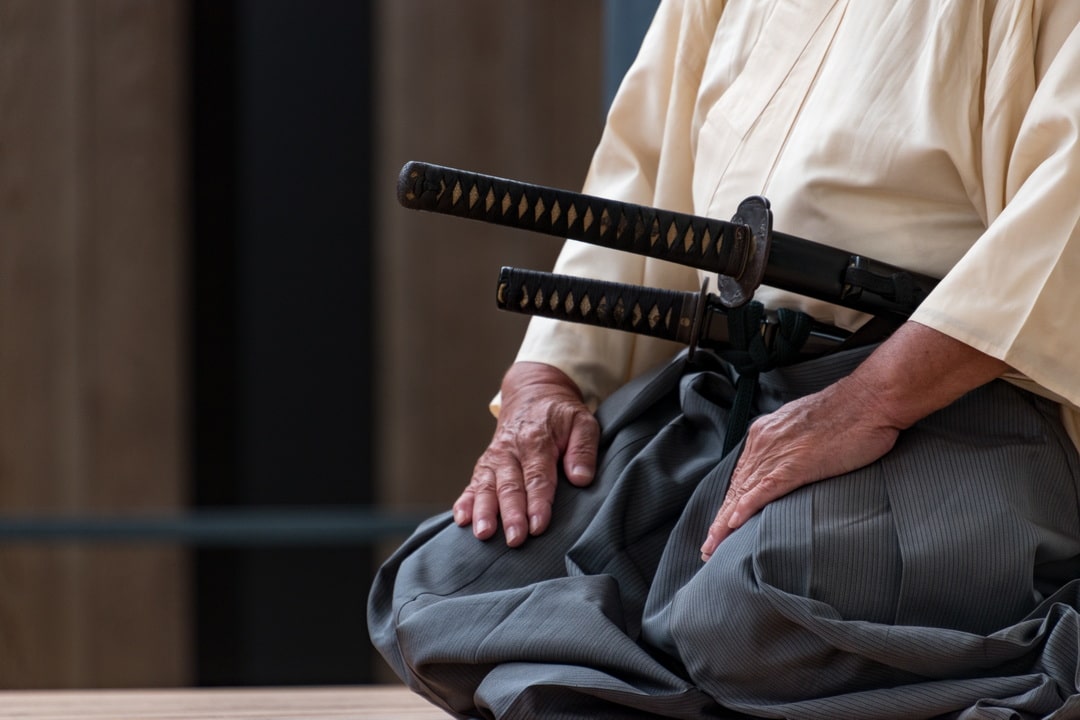
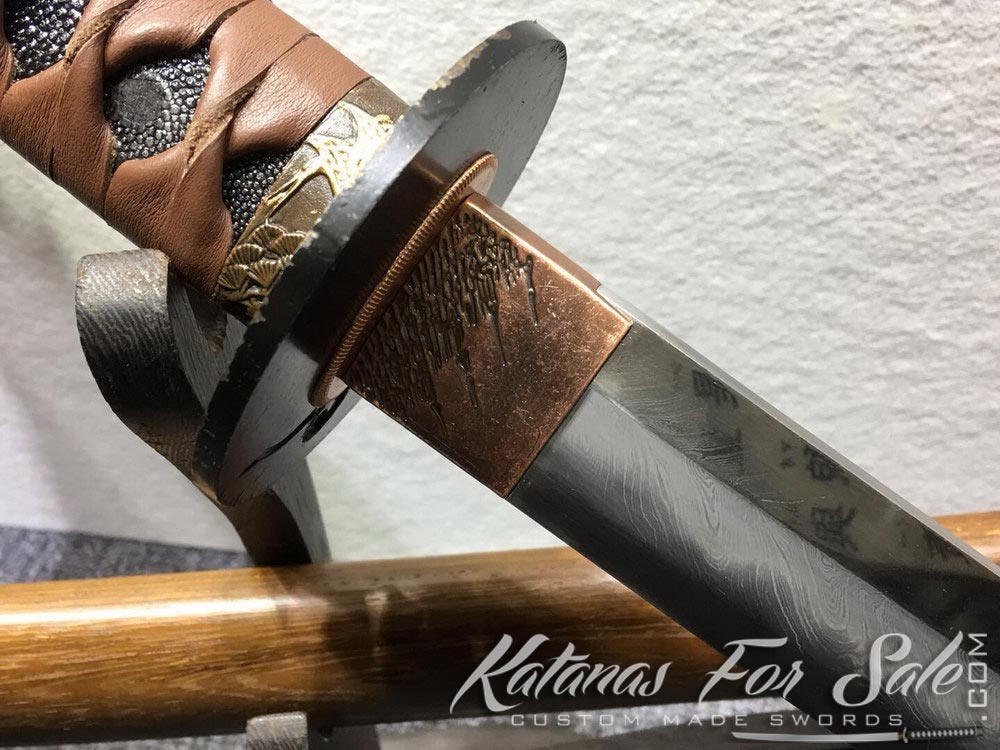
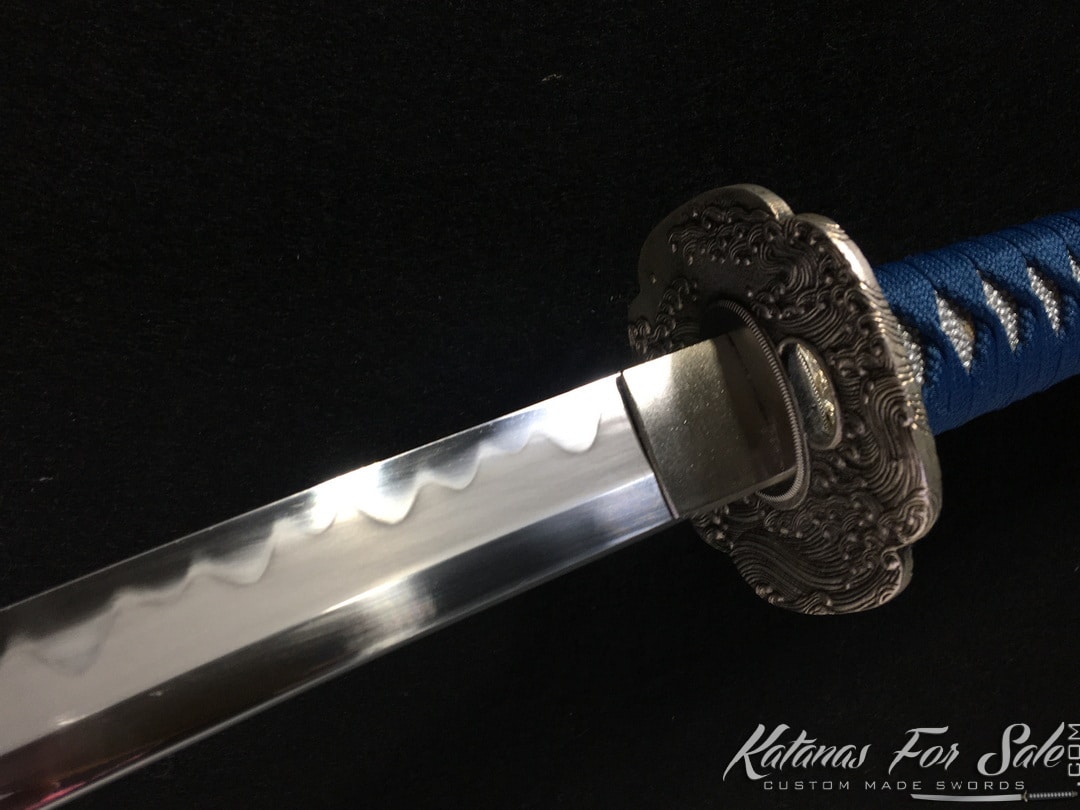
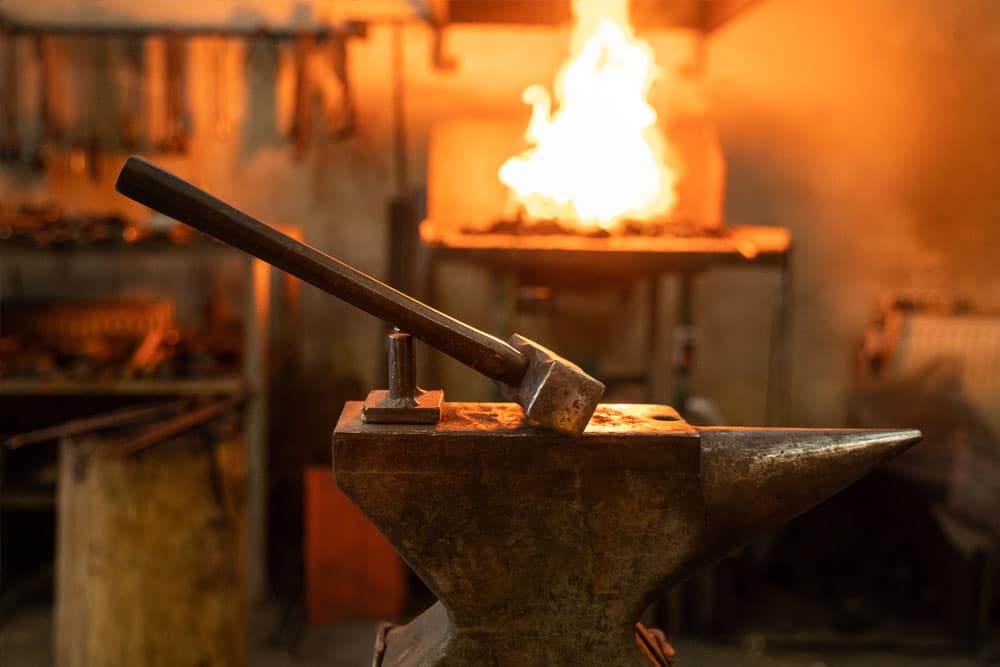

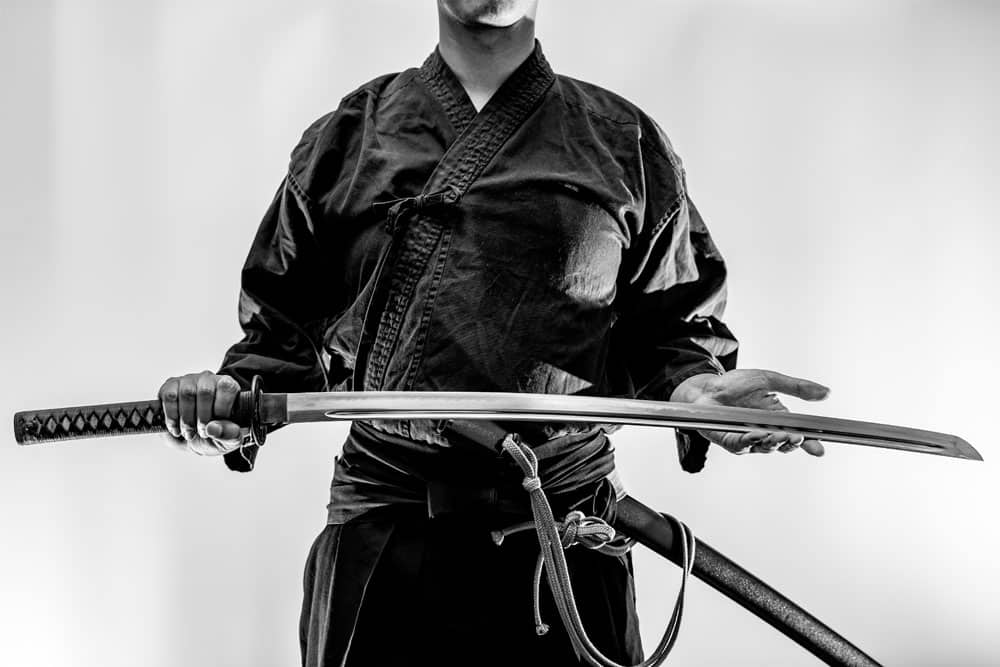

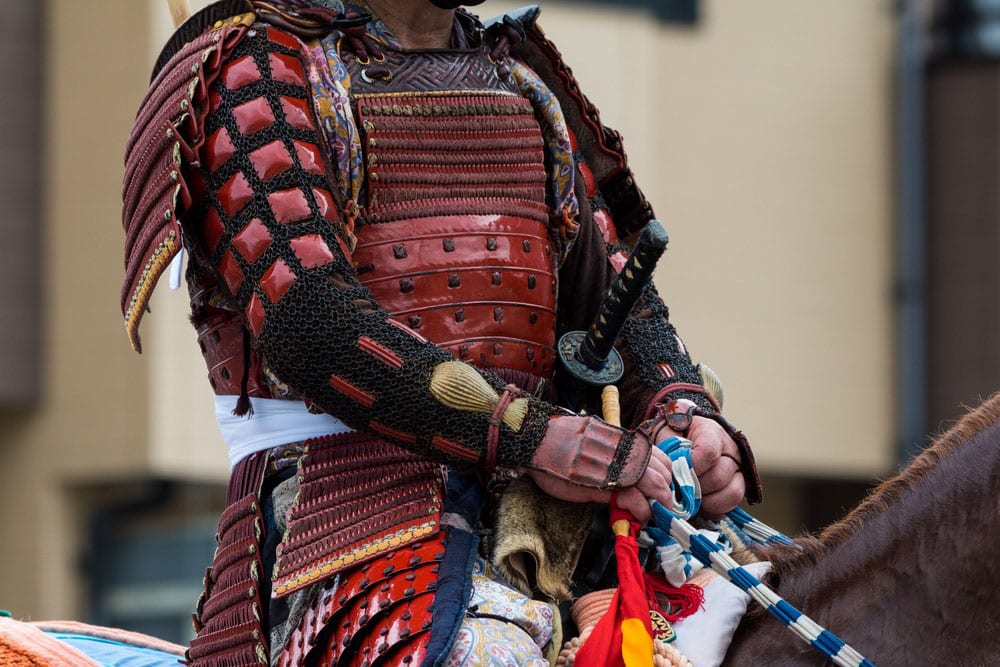
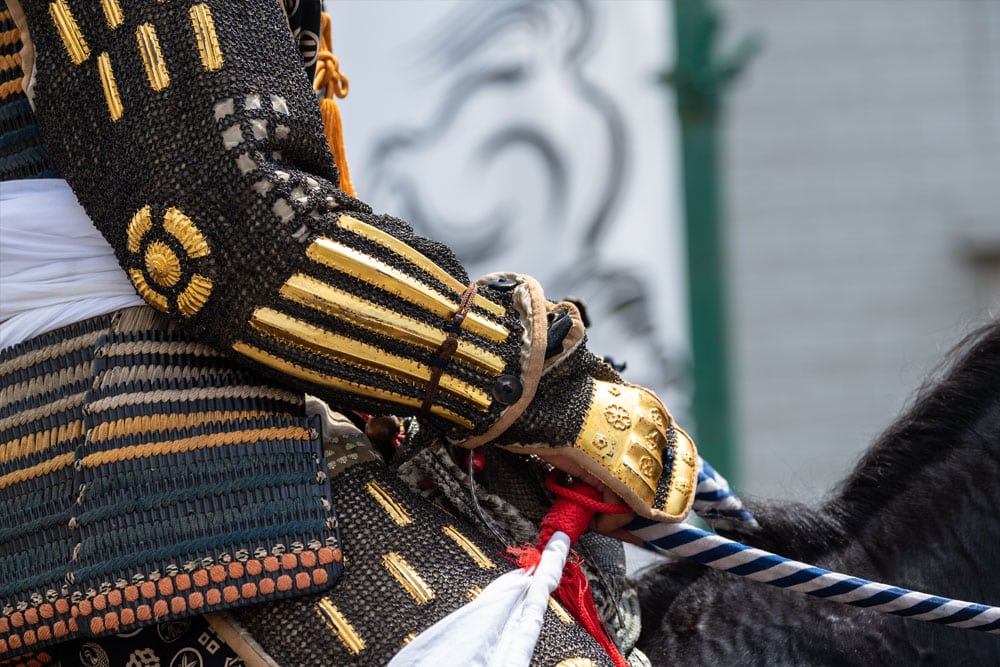
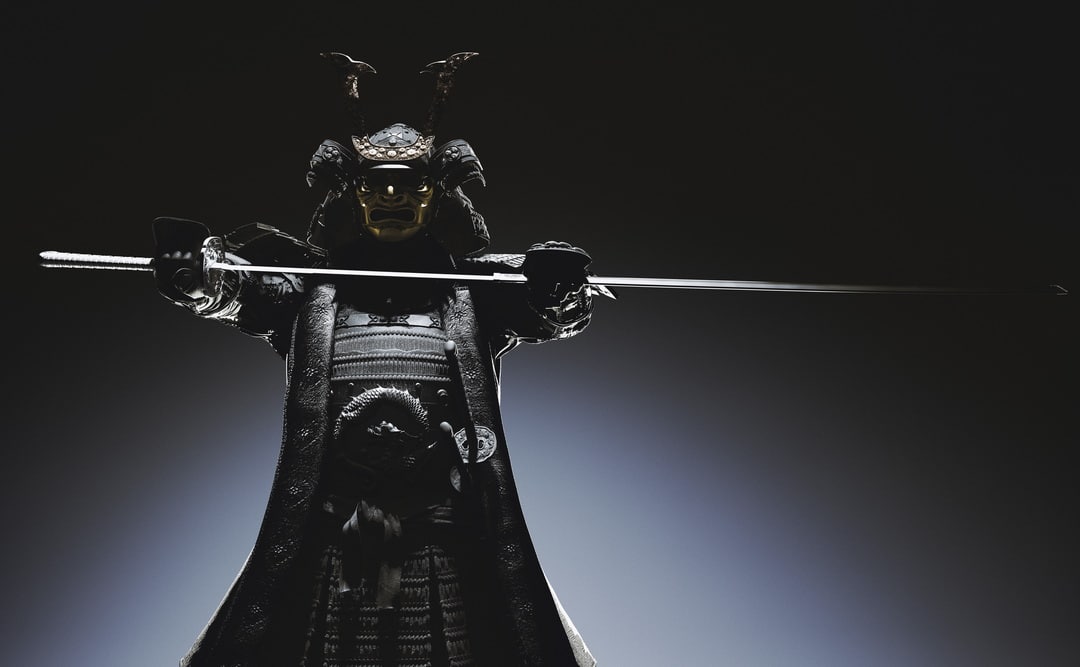
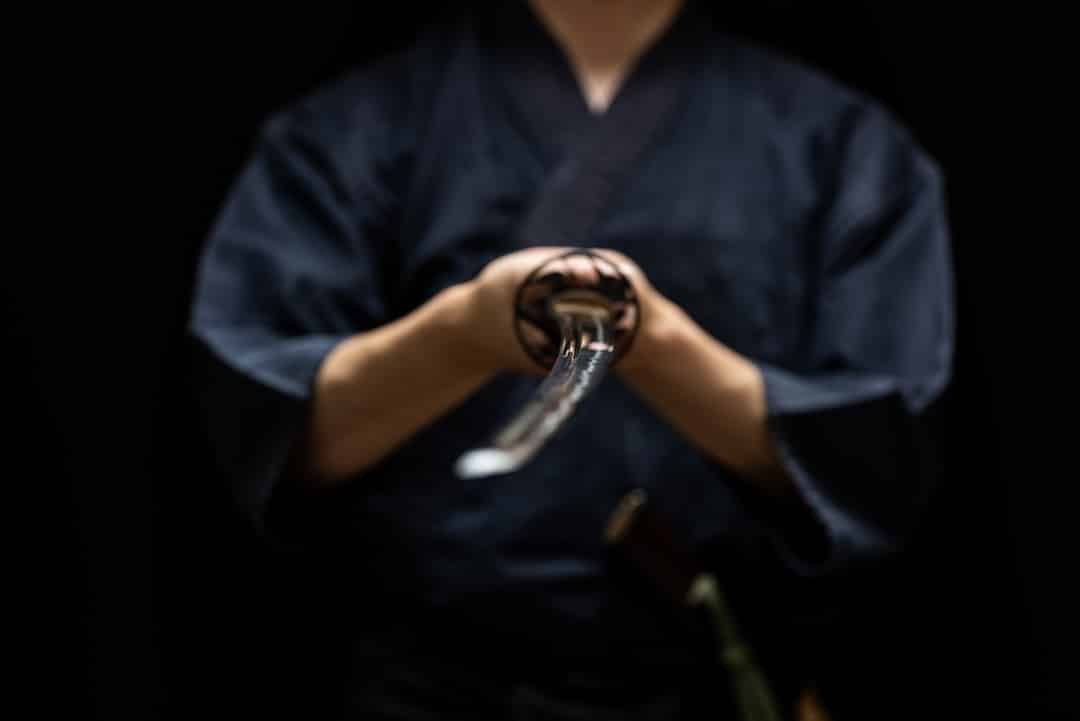
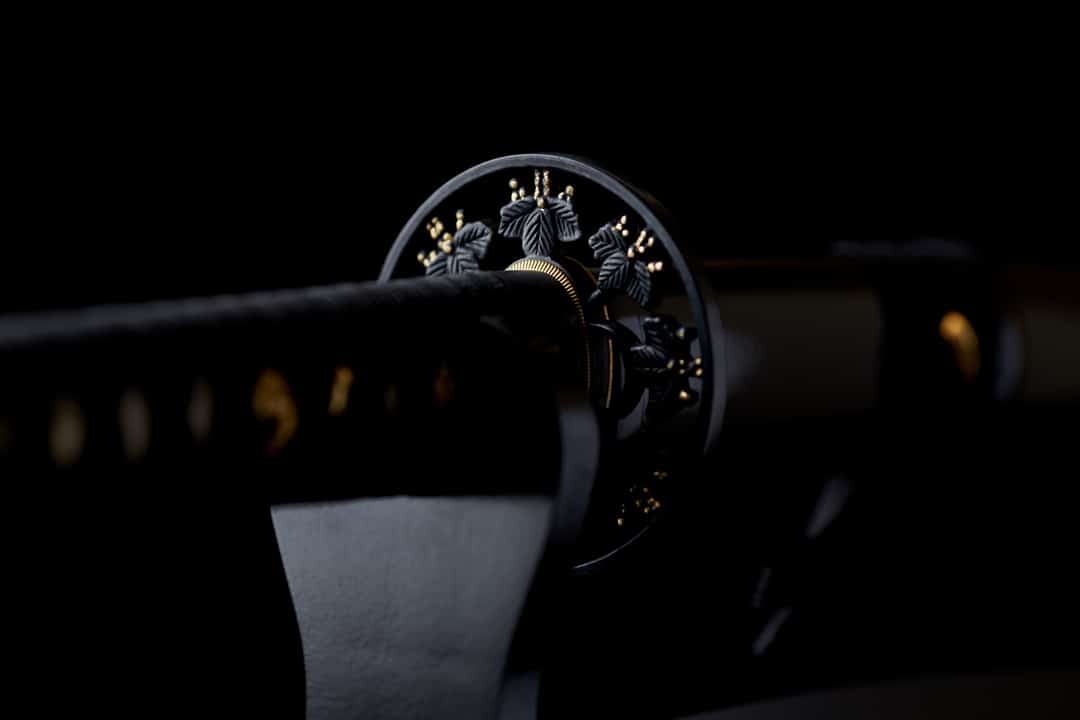
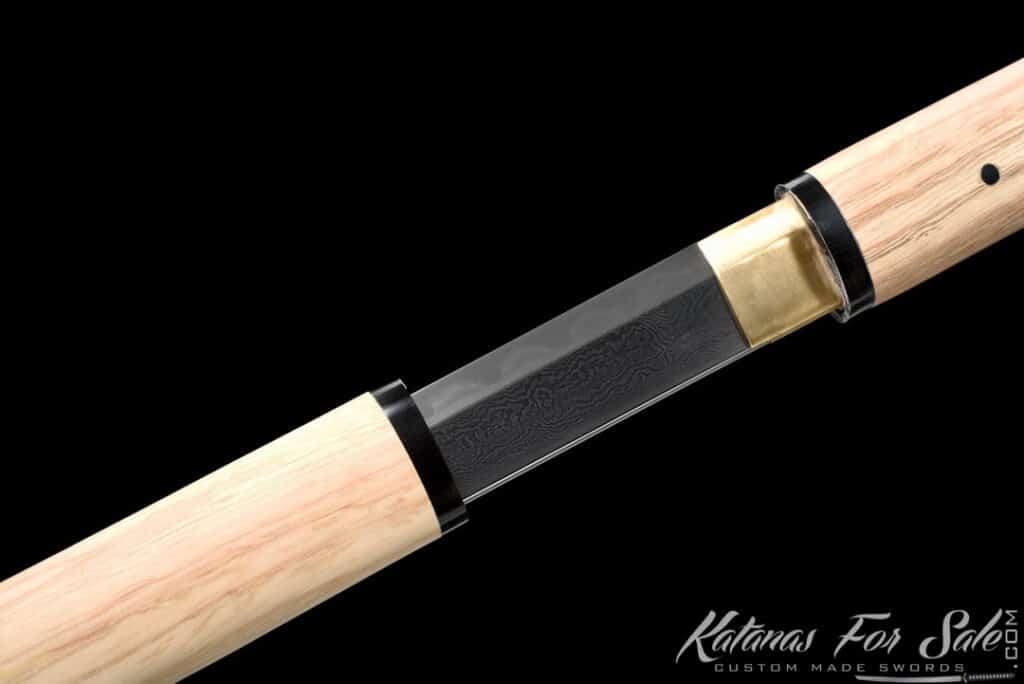
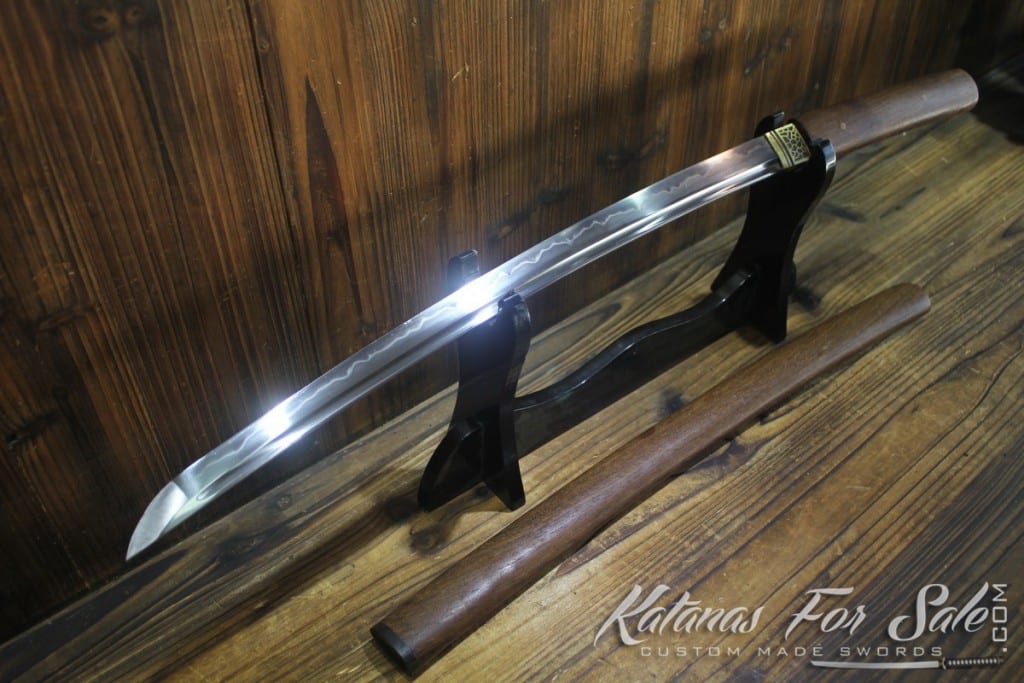

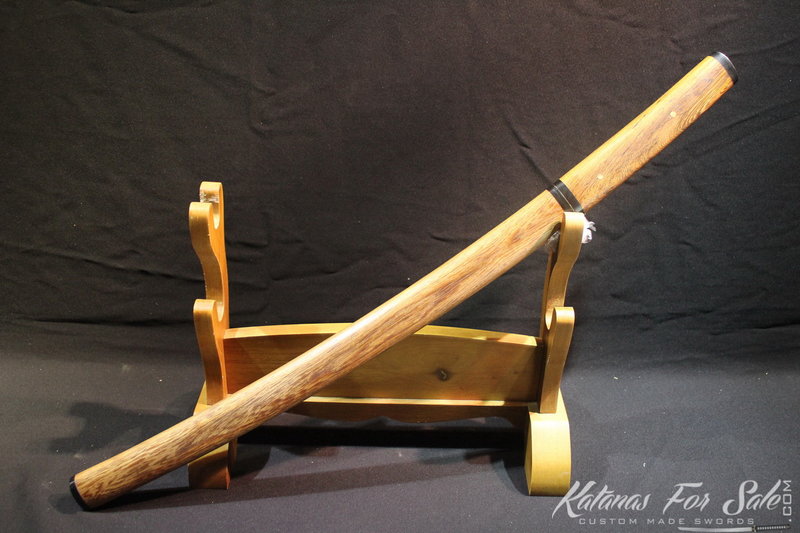
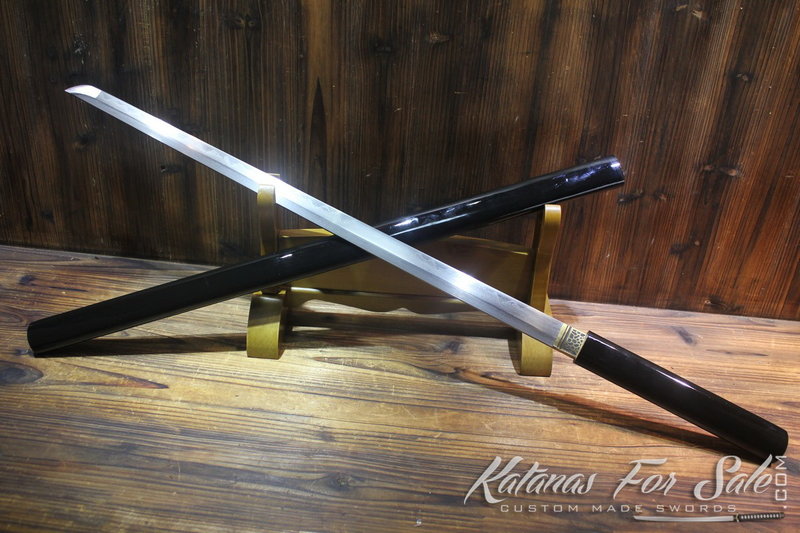
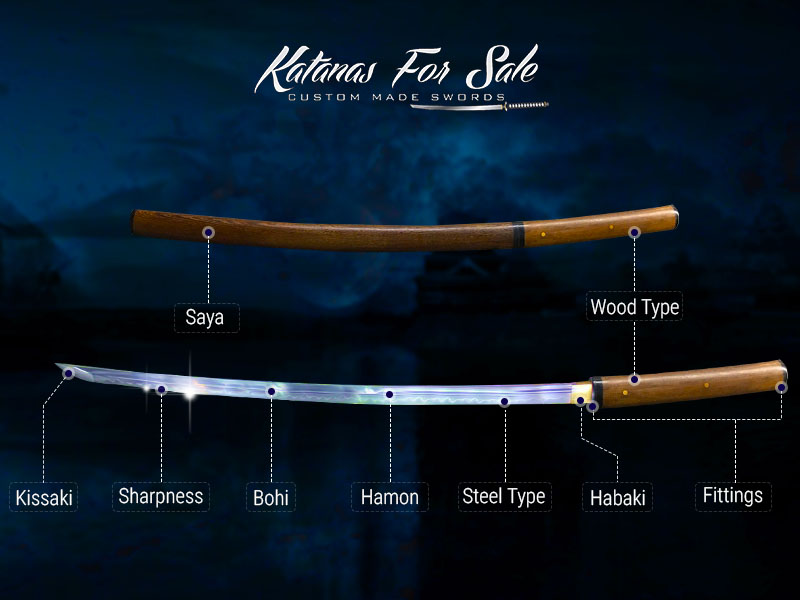
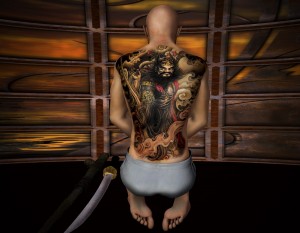
Test Your Knowledge
Feudal Japan's Warriors and Roles Unraveled
Samurai Sword Mastery: The Ultimate Challenge
Samurai Wisdom: Embark on a Journey Through the Ages